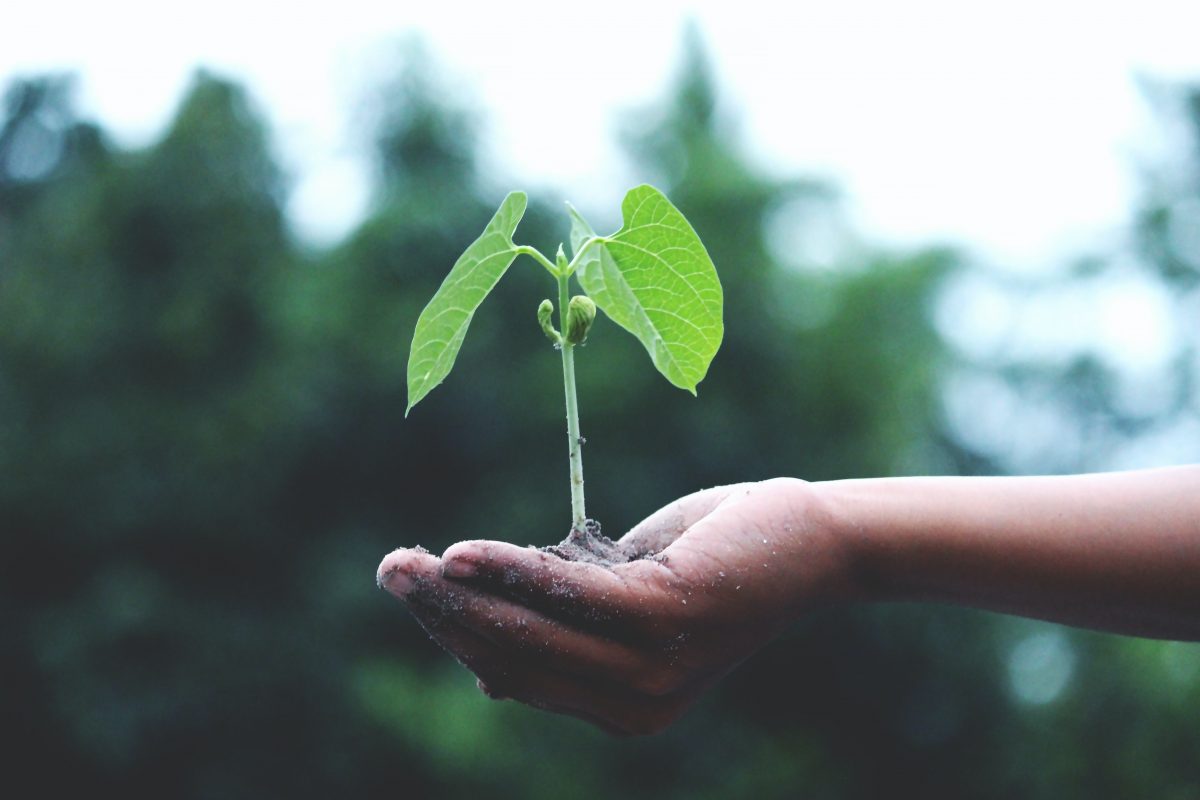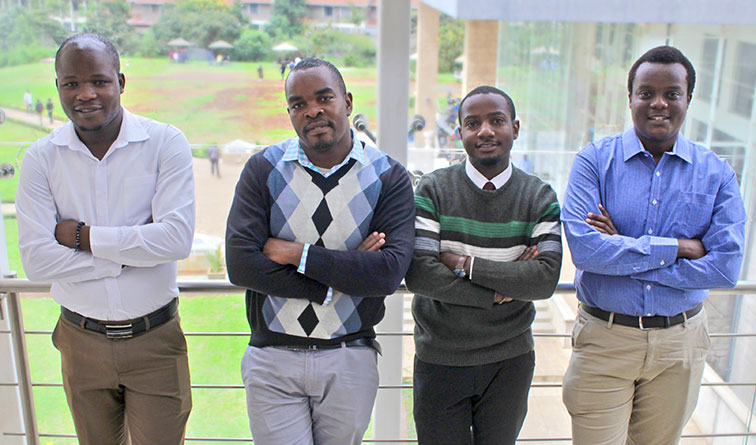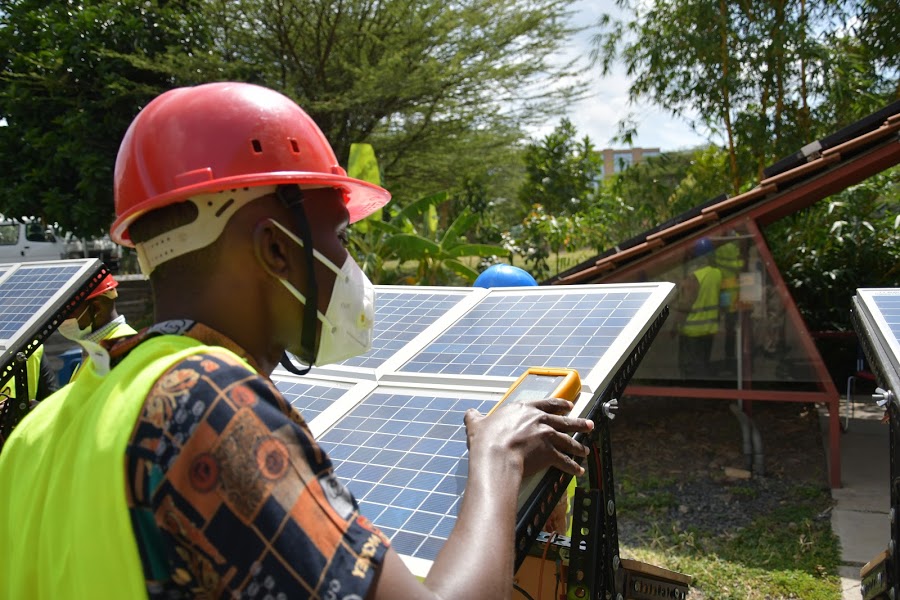
SERC was involved in the Global Bioenergy Partnership (GBEP) project titled: ‘Building capacity for enhancing bioenergy sustainability’ between 2018 and 2019 with support from United Nations Environmental Programme (UNEP). UNEP provided technical support to the participating research organizations on the meaning of and rationale behind the 24 indicators and their indicative methodological approaches; on how to adapt the indicators to the country context; and on how to implement the chosen methodologies.
The project was aimed at building capacity for enhancing bioenergy sustainability through the use of the global bioenergy partnership indicators. It was strongly linked to SDG 17 which is to revitalize the global partnership for sustainable development. The calculation and analysis of the 24 sustainability indicators was conducted by SERC in collaboration with Stockholm Environment Institute (SEI), Kenya Forestry Research Institute (KEFRI), and the World Agroforestry Centre (ICRAF). It was coordinated by SEI. The sustainability indicators were applied to two bioenergy pathways selected in consultation with stakeholders. (1) Use of sugarcane bagasse briquettes in the tea industry as an alternative to firewood and (2) Household use of charcoal produced on woodlands and farmlands, which is linked to sustainable development goal 7 to ensure access to affordable, reliable, sustainable, and modern energy for all.
The study revealed that the opportunities within sugar factories for power generation are estimated at 300 MW but they have not been exploited. Other bioenergy uses in Kenya include; biogas, fuelwood, briquettes, pellets and charcoal. The 12 sugar mills in Kenya generate around 2.4 million tons of bagasse annually that remain unutilized. The briquettes made from bagasse save around 490 tons per year of wood resource, though their economic cost intensity is around three times more compared to firewood. The industrial use of briquettes in tea factories results in a gradual reduction in the consumption of primary wood biomass obtained from forests and woodlands as well as creates new jobs in the whole value chain.
By the time of the report, an estimated 2.5 million tons of charcoal are produced in the country annually. Production is mainly from arid and semi-arid lands. Nearly 0.5 million people work in the charcoal sector, which generates more than $427 million annually but it is not considered part of the formal economy of the country. Through adoption and sustained use of improved cookstoves integrated with on-farm sourcing of firewood, households can save 33.2 per cent and 76 percent of time spent sourcing the fuel.
This work was made possible with the financial support of the International Climate Initiative (IKI) of the Federal Ministry for the Environment, Nature Conservation and Nuclear Safety (BMU).
It is led by Prof. Izael Da Silva.
This article was written by Victor Otieno, Researcher, https://www.linkedin.com/in/victor-otieno-559b10a2/










